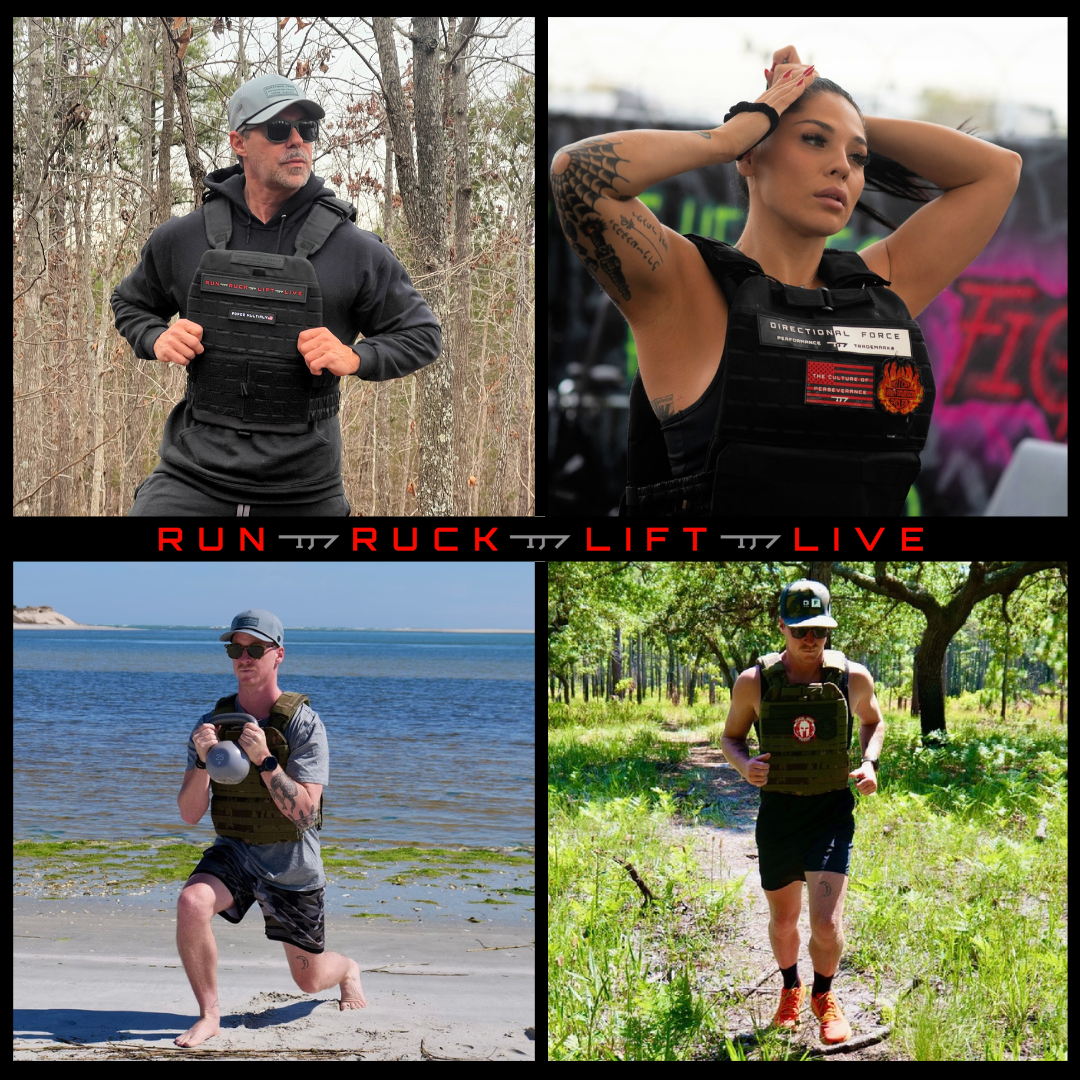In the high-stakes world of fitness and performance optimization, where every rep, run, and recovery session counts, there's a silent player that can either propel you forward or hold you back: cortisol. Often dubbed the "stress hormone," cortisol has earned a bad rap in gym circles for sabotaging gains and fueling burnout. But is it really the villain it's made out to be? In this issue of Force Multiplier Magazine, we dive deep into the science of cortisol—exploring what it is, how it works in your body, when it's unleashed, and its profound effects on your overall health and fitness pursuits. Whether you're a weekend warrior or an elite athlete, understanding cortisol could be the key to unlocking your next level of performance.
What Is Cortisol and What Does It Do?
Cortisol is a steroid hormone produced by the adrenal glands, small pyramid-shaped organs perched atop your kidneys. It's part of the glucocorticoid family and plays a starring role in your body's stress response system. Think of it as your internal alarm clock and energy manager, regulating a wide array of physiological processes to keep you alive and functioning under pressure.
In the body, cortisol's primary jobs include:
- Metabolism Regulation: It helps convert proteins, fats, and carbohydrates into usable energy by increasing blood sugar levels (glucose) and enhancing the brain's glucose uptake. This ensures you have fuel during demanding situations.
- Immune System Modulation: Cortisol suppresses inflammation and immune responses temporarily, which is useful in acute stress but can weaken immunity if levels stay high long-term.
- Blood Pressure and Cardiovascular Support: It maintains fluid balance and blood pressure, working alongside other hormones to keep your heart pumping efficiently.
- Mood and Motivation Control: By interacting with brain regions, cortisol influences fear, motivation, and even memory formation.
In essence, cortisol is essential for survival and it's not inherently "bad." Without it, your body couldn't respond to threats or maintain homeostasis. But like any powerful tool, its effects depend on dosage and duration.
When Is Cortisol Released Into Our Systems?
Cortisol isn't released randomly; it's tightly orchestrated by the hypothalamic-pituitary-adrenal (HPA) axis, your body's central stress command center. Here's how it works: The hypothalamus in your brain detects stress and secretes corticotropin-releasing hormone (CRH). This signals the pituitary gland to release adrenocorticotropic hormone (ACTH), which then prompts the adrenal glands to pump out cortisol.
Release triggers include:
- Acute Stress: In "fight-or-flight" scenarios—like a sudden threat or intense workout—cortisol surges after initial adrenaline kicks in, sustaining alertness and energy mobilization.
- Daily Rhythms: Cortisol follows a circadian pattern, peaking in the early morning (around 6-8 a.m.) to wake you up and energize your day, then tapering off toward evening to promote rest.
- Physical Activity: Exercise is a major trigger. High-intensity sessions cause a sharp, temporary spike, while endurance activities lead to a more gradual, prolonged increase. Prolonged exhaustive efforts, like marathons, can elevate levels for hours post-workout.
- Chronic Stressors: Ongoing factors like work pressure, poor sleep, or emotional strain keep cortisol elevated around the clock, disrupting its natural ebb and flow.
Understanding these release patterns is crucial because short bursts can enhance performance, while chronic elevation turns cortisol from ally to adversary.
The Effects of Cortisol on Overall Health
Cortisol's impact on health is a tale of two extremes. In moderation, it's protective; in excess, it's destructive.
Positive Effects (Acute Levels):
- Boosts energy by mobilizing glucose and fats.
- Sharpens focus and suppresses non-essential functions (like digestion) to prioritize survival.
- Aids in quick recovery from minor injuries by reducing inflammation.
Negative Effects (Chronic High Levels):
- Metabolic Disruptions: Persistent high cortisol promotes insulin resistance, leading to weight gain (especially abdominal fat), type 2 diabetes, and high blood pressure.
- Immune Suppression: Over time, it weakens your defenses, increasing susceptibility to infections and slowing healing.
- Mental Health Toll: Elevated levels contribute to anxiety, depression, irritability, and cognitive fog.
- Bone and Muscle Loss: It can break down muscle tissue (catabolism) and reduce bone density, raising osteoporosis risk.
- Sleep Disturbances: High evening cortisol interferes with melatonin, leading to insomnia and poor recovery.
Chronic stress, amplified by modern lifestyles, puts many at risk for these issues. The good news? Lifestyle tweaks, including smart fitness routines, can help regulate it.
Cortisol's Role in Your Fitness Journey
For fitness enthusiasts, cortisol is a Force Multiplier—or divider—depending on how you manage it. During workouts, it rises to provide energy and adapt to demands, but mismanaged levels can derail progress.
During Exercise:
- Adaptive Response: A cortisol spike during intense training helps break down glycogen for fuel and supports anti-inflammatory processes post-session. Moderate exercise actually lowers baseline cortisol over time, improving stress resilience.
- Intensity Matters: High-intensity interval training (HIIT) causes quick peaks that resolve fast, aiding muscle repair. But overdoing it without recovery can lead to sustained highs, promoting muscle breakdown and fatigue. Endurance sports, meanwhile, might elevate it longer, risking overtraining syndrome.
Impacts on Gains and Recovery:
- Muscle Catabolism: Elevated cortisol signals the body to break down proteins for energy, potentially hindering hypertrophy and strength gains.
- Weight Management: It can sabotage fat loss by increasing appetite and storing fat centrally, countering your calorie-burning efforts.
- Recovery and Performance: Poor sleep from high cortisol delays muscle repair, increases injury risk, and zaps motivation. On the flip side, balanced exercise releases endorphins that counteract cortisol, enhancing mood and adherence.
The key takeaway: Cortisol isn't the enemy of fitness—chronic elevation is. Strategic training with ample recovery turns it into a performance booster.
Strategies to Optimize Cortisol for Peak Health and Fitness
To harness cortisol's power without the pitfalls:
- Balance Workouts: Mix high-intensity with low-stress activities like yoga or walking to prevent overload.
- Prioritize Recovery: Aim for 7-9 hours of sleep, incorporate rest days, and use techniques like meditation to lower baseline levels.
- Nutrition Hacks: Eat balanced meals with anti-inflammatory foods (e.g., omega-3s, antioxidants) to buffer cortisol's effects.
- Stress Management: Journaling, social connections, and hobbies outside the gym can reset your HPA axis.
- Monitor and Test: If symptoms like persistent fatigue arise, consult a doctor for cortisol testing—saliva or blood panels can guide adjustments.
By mastering cortisol, you're not just surviving your fitness journey, you're thriving. Remember, stress is inevitable, but how you respond defines your Force Multiplier effect. Take a deep breathe and let science fuel your gains.
Disclaimer: Consult a doctor and fitness professional before starting any new workout, especially if you have pre-existing injuries. Listen to your body and adjust weights or reps as needed. Always consult a doctor before starting any workout program, physical activity, or taking any supplements to make sure that you're healthy enough.
The content contained in this article is for information purposes only, and is not meant to be a substitute or replacement for professional advice and medical consultation. It is just shared as information only, and with the understanding that Directional Force, LLC, (Directional Force) is not engaged in the provision or rendering of medical advice or services whatsoever. You unilaterally understand and agree that Directional Force shall not be liable for any claim, loss, or damage arising out of the use of, or reliance upon any content or information in this article or any article provided by Directional Force. Please seek professional medical advice prior to engaging in, or undertaking any of the content, exercises, advice, and workouts provided by Directional Force.



